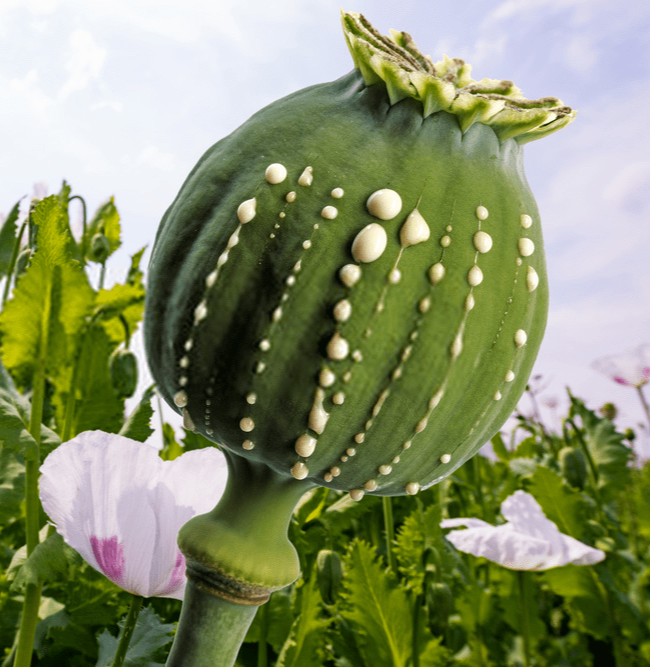RASC News Agency: The Afghanistan Analysts Network has reported a shift in the primary region of poppy cultivation from Helmand to Badakhshan. This analysis, based on the latest report from the United Nations Office on Drugs and Crime (UNODC), indicates that Afghanistan’s center for poppy farming has moved significantly toward the northeastern province of Badakhshan. The report highlights that more than half of Afghanistan’s poppy cultivation (59%) now takes place in the northeastern regions, with a particularly high concentration in Badakhshan.
Previously, Taliban forces clashed with local residents in Badakhshan as they attempted to eradicate poppy fields. However, residents claim that while the Taliban largely ignored extensive poppy farms in the south, they destroyed fields in Badakhshan. Locals described the Taliban’s approach as discriminatory and vindictive. The UNODC had previously reported a 19% rise in poppy cultivation in Afghanistan despite the Taliban’s formal ban. The Taliban, however, disputed these findings, rejecting the reported increase.
According to the Afghanistan Analysts Network, while poppy cultivation has increased by one-fifth over the past year, it remains relatively low compared to levels prior to the Taliban’s ban. The analysis notes that last year, poppy cultivation in Afghanistan had “decreased by 95%.” However, this trend is now reversing, with poppy cultivation resuming in 14 provinces.
The network describes poppy farming in Badakhshan as a “long-standing tradition,” adding that historically, poppy cultivation has played a vital economic role for the province’s residents.






